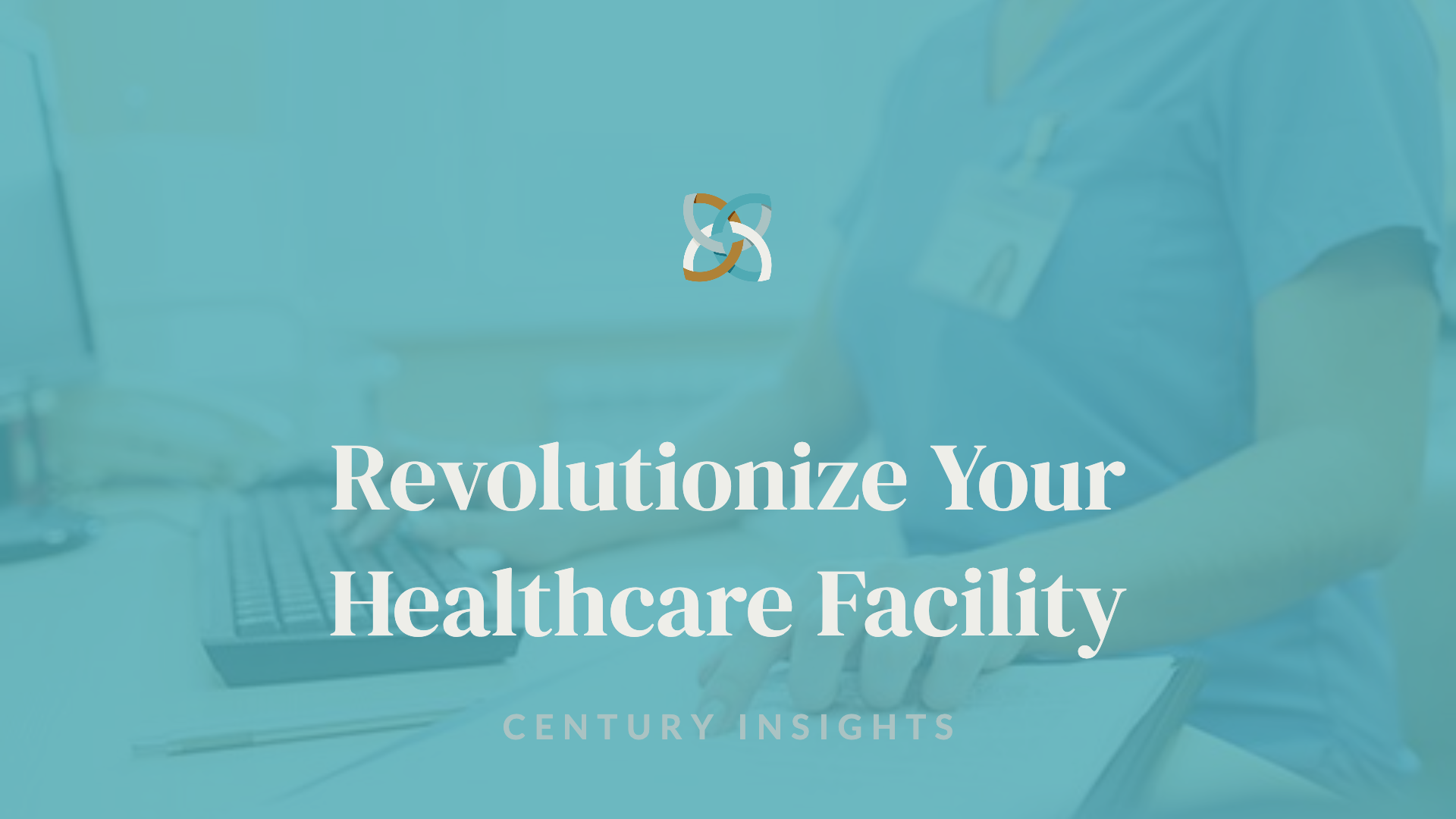Tech Revolution in Skilled Nursing: Embrace the Future of Staffing!
The healthcare industry is undergoing a seismic shift, with technology at the forefront of transforming patient care and operational efficiency. Skilled nursing facilities (SNFs) are not immune to this revolution. The integration of advanced technologies is reshaping the landscape of nursing staffing, promising to enhance the quality of care and streamline workflows. This article delves into the transformative power of technology in skilled nursing staffing and how embracing these innovations is not just a trend but a necessity for the future of healthcare.
The Impact of Skilled Nursing Technology on Efficiency
One of the most significant breakthroughs in skilled nursing technology is the adoption of electronic health records (EHRs). A study by Dowding et al. (2019) in the Journal of Medical Internet Research highlighted a staggering 27% reduction in documentation hours when EHRs were implemented in skilled nursing facilities. This finding is monumental, as it underscores the potential of technology to alleviate the administrative burden on nursing staff, allowing them to dedicate more time to direct patient care.
The integration of EHRs streamlines the documentation process, reduces the likelihood of errors, and facilitates better communication among healthcare providers. By having instant access to a patient’s medical history, medication lists, and treatment plans, nursing staff can make informed decisions swiftly, enhancing the overall efficiency of the facility.
Enhancing Patient Outcomes with Nursing Staffing Innovation
Technological advancements are not only improving operational efficiency but also patient outcomes. The systematic review by Bashshur et al. (2016) in the International Journal of Nursing Studies revealed that the use of telemedicine and remote monitoring in skilled nursing facilities contributed to a 15% decrease in hospital readmission rates. This is a clear indication that technology can play a pivotal role in providing continuous, high-quality care, particularly for residents with chronic conditions who require close monitoring.
Remote monitoring systems can alert nursing staff to changes in a resident’s condition in real-time, enabling prompt interventions and reducing the need for hospital readmissions. Telemedicine, on the other hand, allows for virtual consultations with specialists, ensuring that residents receive timely and specialized care without the stress of transportation to and from hospitals.
Healthcare Staffing Solutions Through Nursing Tech Implementation
Implementing new technologies in skilled nursing facilities is not without its challenges. It requires a strategic approach to ensure that the nursing staff is adequately trained and that the technology is seamlessly integrated into existing workflows. However, the benefits of nursing tech implementation are manifold.
Technology can serve as a powerful tool in addressing staffing shortages, a common issue in the healthcare sector. By automating routine tasks and optimizing scheduling, facilities can make better use of their human resources. Moreover, predictive analytics can assist in forecasting staffing needs, ensuring that the facility is adequately staffed at all times to meet the fluctuating demands of patient care.
The Future of Nursing Staffing: A Tech-Driven Horizon
The future of nursing staffing is inextricably linked to technological innovation. As the population ages and the demand for skilled nursing care increases, facilities that fail to adopt new technologies will struggle to keep up. The integration of tech solutions such as EHRs, telemedicine, and remote monitoring is not merely a means to enhance efficiency and patient care; it is a strategic imperative for the sustainability and growth of skilled nursing facilities.
Moreover, technology can play a crucial role in attracting and retaining nursing staff. A tech-enabled environment can provide a more satisfying work experience by reducing the strain of administrative tasks and allowing nurses to focus on what they do best—caring for patients. In turn, this can lead to higher job satisfaction, lower turnover rates, and a more robust workforce.
Conclusion
The tech revolution in skilled nursing is not a distant dream but a present reality. The evidence is clear: technology can significantly improve staffing efficiency and patient outcomes in skilled nursing facilities. As healthcare continues to evolve, SNFs must embrace these innovations to remain competitive and provide the highest quality of care. The future of nursing staffing is bright, and it is powered by technology.
By harnessing the potential of skilled nursing technology, embracing nursing staffing innovation, and implementing healthcare staffing solutions, the industry can look forward to a future where technology and human expertise work hand in hand to deliver exceptional care to those who need it most.
As we move forward, it is crucial for skilled nursing facilities to invest in nursing tech implementation and prepare their workforce for the future of nursing staffing. The tech revolution is here, and it is time for the skilled nursing sector to embrace it wholeheartedly.




